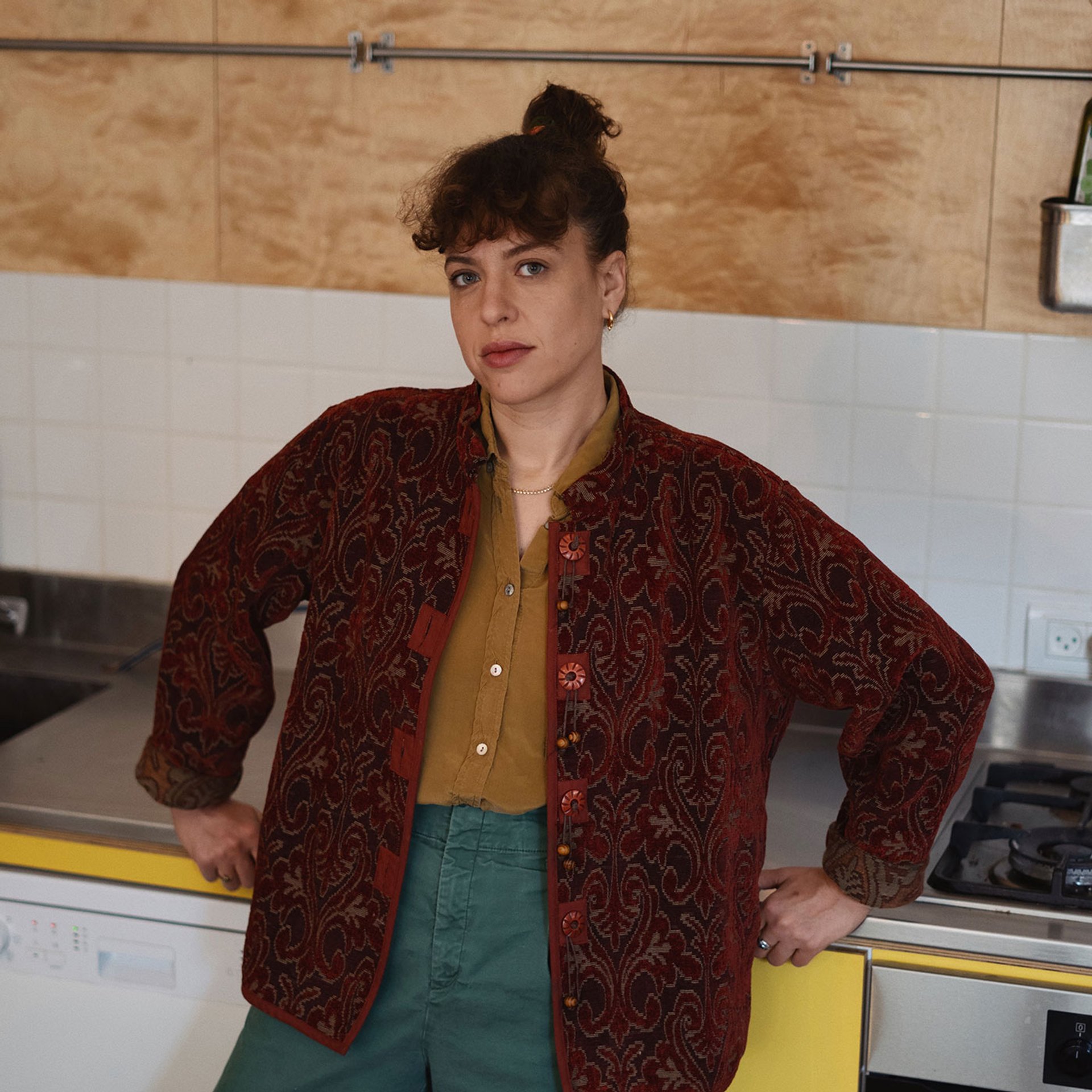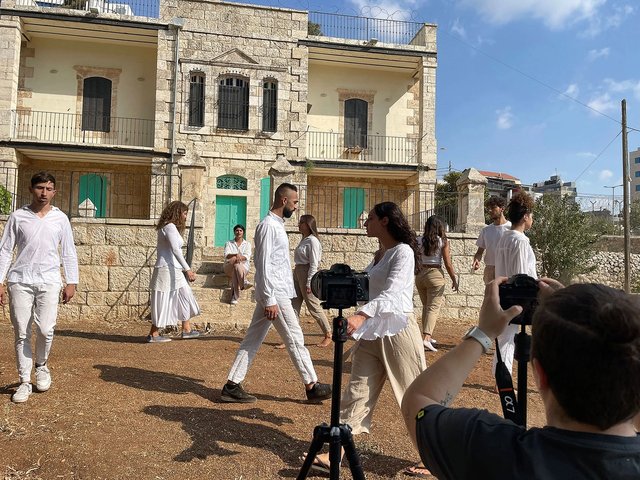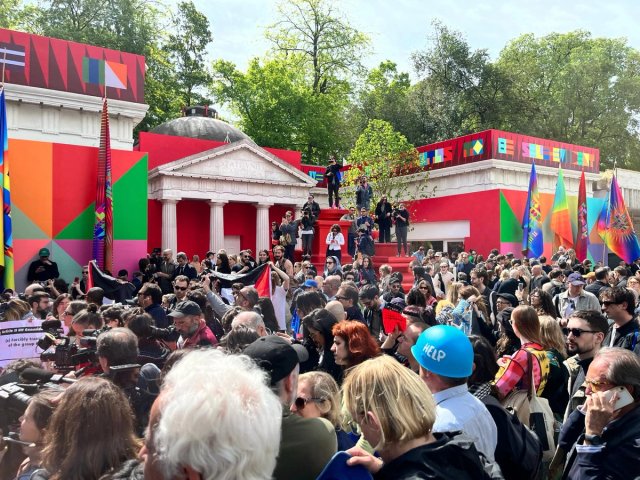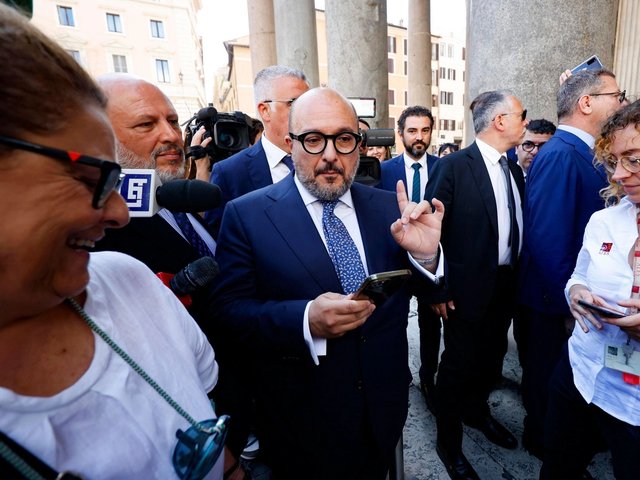The Israeli pavilion at the Venice Biennale—which opens today for media previews—will remain closed to the public, says the artist selected to represent the country, until a ceasefire and hostage release agreement are reached in the Israel-Hamas war. “I hate it,” Ruth Patir, the pavilion artist told The New York Times, “but I think it’s important.”
Visitors hoping to access the pavilion at today’s preview (16 April) encountered instead a group of Italian soldiers guarding the entrance. A statement taped to the pavilion window says: “The artist and curators of the Israeli pavilion will open the exhibition when a ceasefire and hostage release agreement is reached.”
Patir reportedly did not inform the Israeli government of her decision. Her project, entitled (M)otherland, focuses on contemporary motherhood; the pavilion curators are Mira Lapidot and Tamar Margalit.

Ruth Patir: Did not inform the Israeli government of her decision Goni Riskin
Last September, exactly a month after the selection committee chose Patir for the Israeli pavilion, Hamas carried out its atrocities in Israel, killing 1,200 people and taking 240 people hostage (7 October). Over 33,000 people have been killed in Gaza according to the Hamas-run health ministry.
At the time, a spokesperson for La Biennale said: "With regard to the participation in the International Art Exhibition of the countries represented in the pavilions of the Giardini, the Arsenale and in the city of Venice, La Biennale di Venezia would like to specify that all countries recognised by the Italian Republic may autonomously request to participate officially.
"Consequently, La Biennale may not take into consideration any petition or call to exclude the participation of Israel or Iran in the coming 60th International Art Exhibition.”






